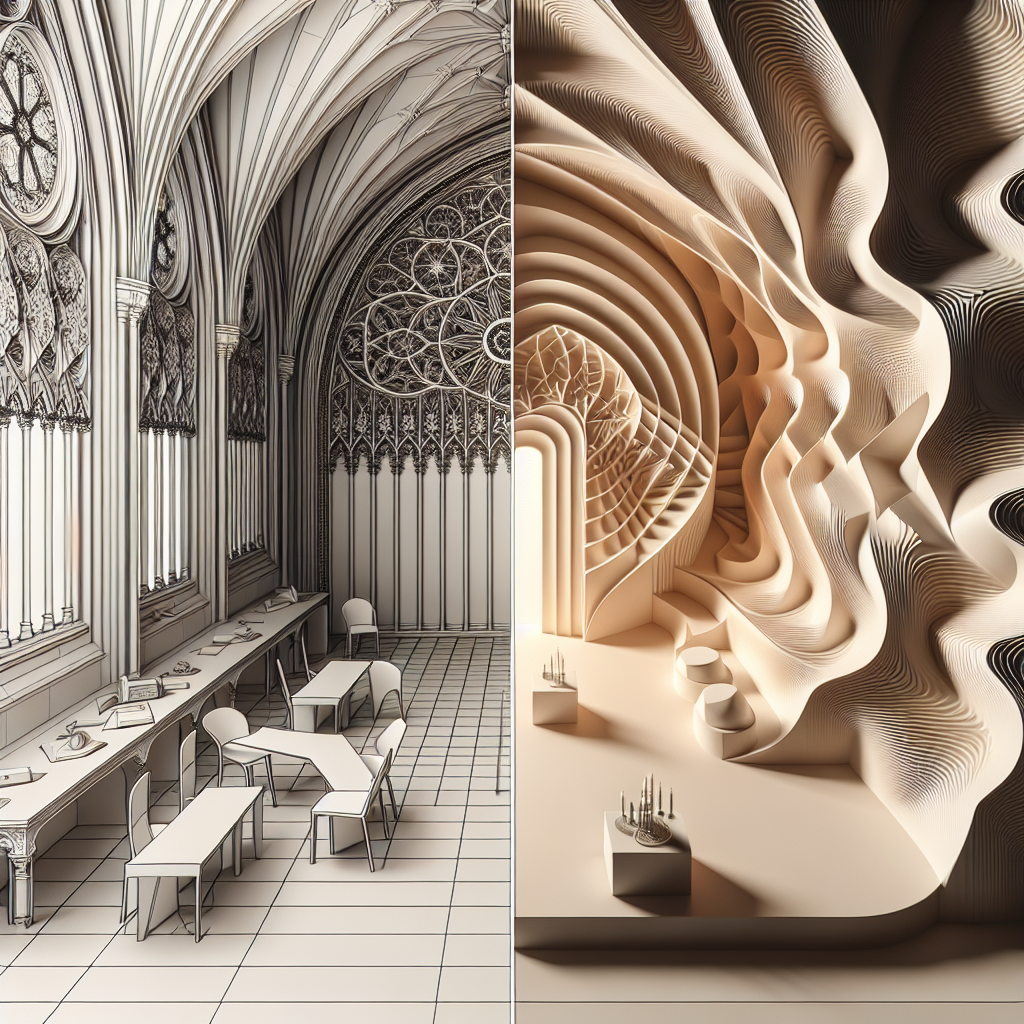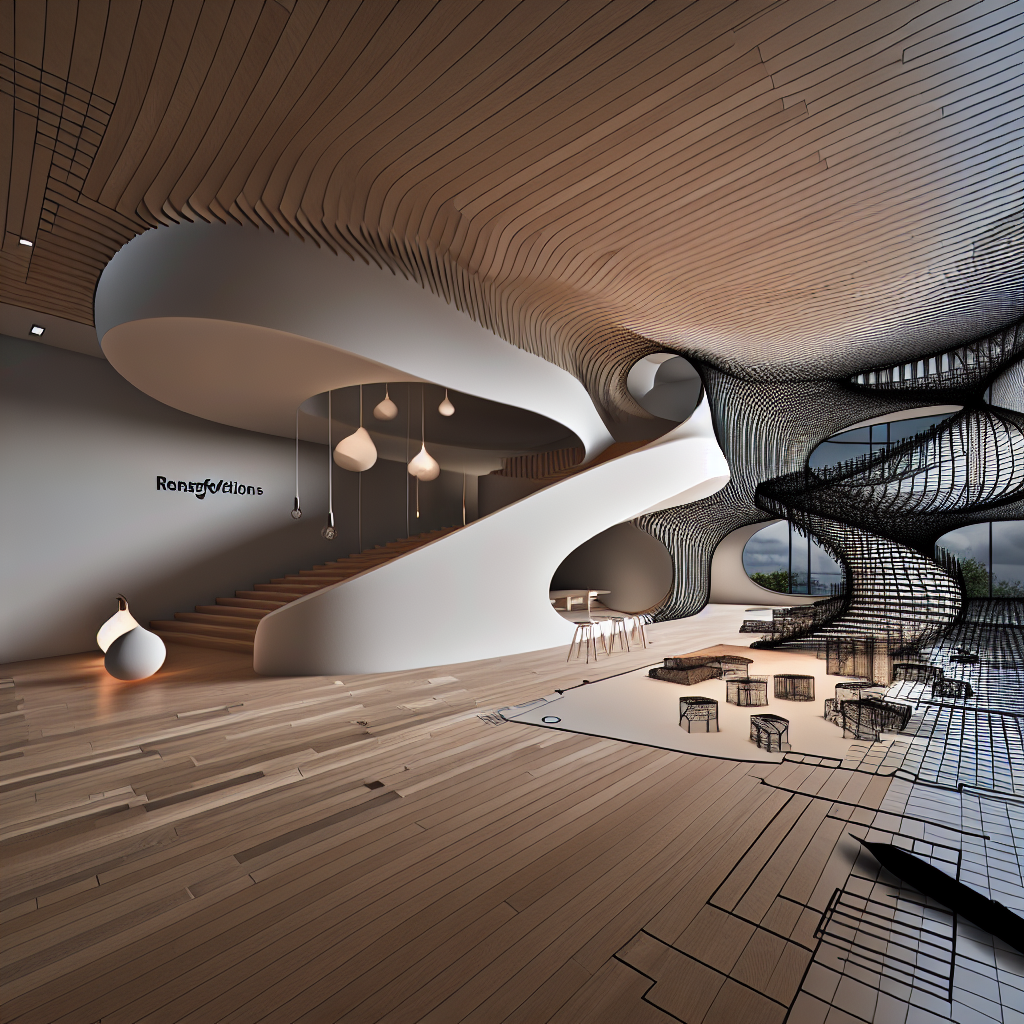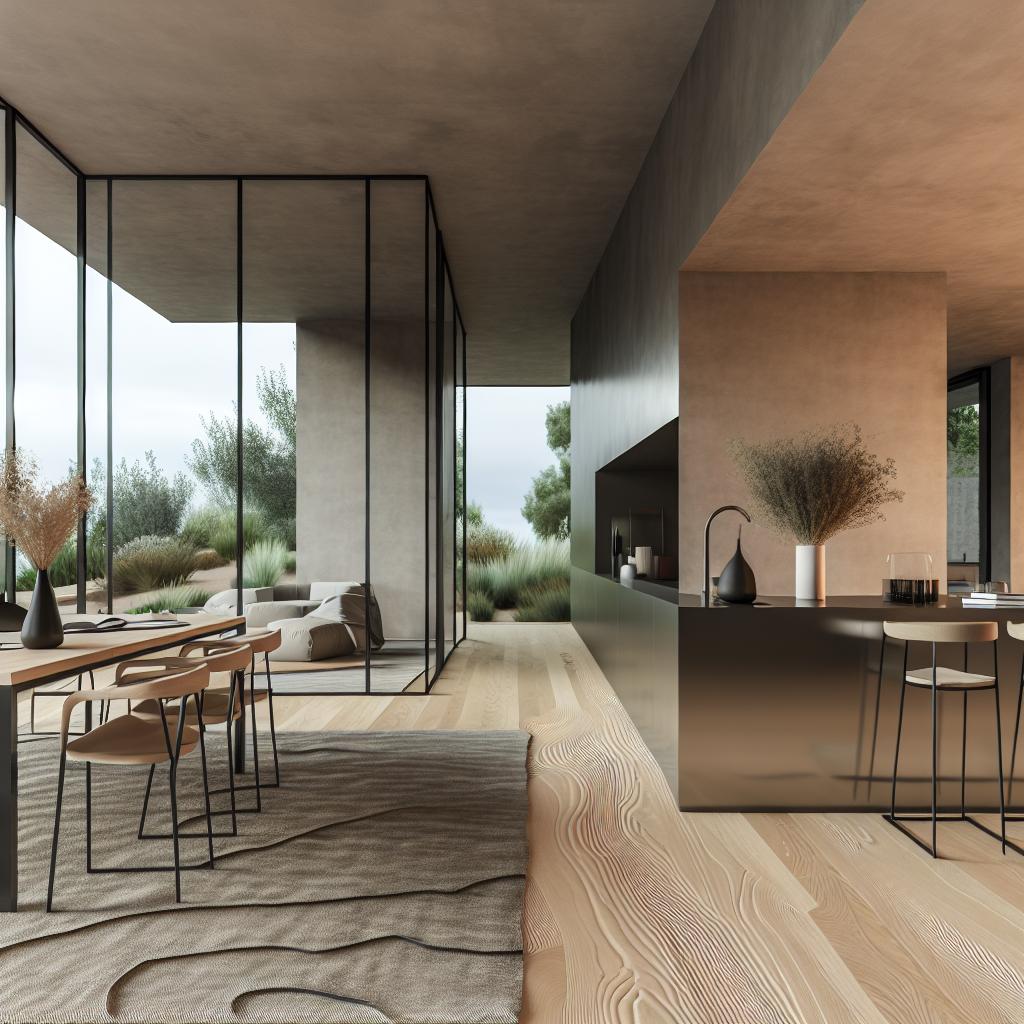Have you ever noticed how a perfectly rounded pebble feels comforting in your palm, while jagged edges make you instinctively pull away? *Our emotional responses to shapes aren’t random—they’re wired into our neural architecture.*
The world around us is a canvas of geometric patterns that silently influence our emotional states. From the soothing curves of parametric design in modern architecture to the sharp angles that trigger our alert systems, geometry speaks a universal language of feeling that transcends cultural boundaries. These visual relationships don’t just please our aesthetic sense—they create measurable physiological responses, affecting everything from our heart rate to our stress levels. Understanding this invisible conversation between forms and feelings opens new possibilities for creating spaces and objects that genuinely nurture our wellbeing.*When we react to a space, we’re not just seeing it—we’re feeling it through its fundamental geometry.*
Have you ever walked into a room and immediately felt at ease, without knowing exactly why? Or perhaps you’ve experienced the opposite—a space that somehow made you feel tense or uncomfortable? What you’re experiencing isn’t just random. The shapes, curves, and angles surrounding us have a profound psychological impact that designers and architects have understood for centuries. These geometric elements speak a language that our brains understand on an instinctive level, affecting our emotions and well-being in ways we rarely consciously acknowledge.
The Science Behind Geometric Influence
Our brains process visual information through neural pathways that evolved long before modern architecture. The psychological effects of geometry are deeply rooted in our evolutionary history, where certain shapes signaled safety while others warned of danger. This isn’t mere speculation—neuroscientific research has confirmed that different geometric patterns stimulate distinct areas of the brain, triggering specific emotional responses.
When we encounter soft, curved forms, the amygdala—our brain’s emotional processing center—responds differently than when confronted with sharp angles and jagged lines. This reaction happens within milliseconds, before conscious thought even begins.
Curves vs. Angles: The Emotional Spectrum
The contrast between soothing curves vs. harsh angles represents one of the most fundamental dichotomies in emotional design. Studies have shown that curved forms generally evoke:
- Feelings of safety and comfort
- Reduced stress responses
- Associations with natural environments
- Greater aesthetic pleasure
Angular shapes, by contrast, often trigger:
- Heightened alertness
- Increased focus and attention
- Perceptions of efficiency and precision
- Sometimes, subtle stress responses
This isn’t to suggest that angles are inherently negative. Rather, each geometric approach serves different emotional and functional purposes. A hospital recovery room benefits from curves that promote healing and calm, while a productivity-focused office might strategically incorporate angular elements to enhance focus and energy.
Biomimicry: Why Nature’s Geometry Comforts Us
The soothing quality of certain shapes often correlates to their prevalence in nature. The spiral of a seashell, the gentle curve of hills against the sky, the branching patterns of trees—these forms appear repeatedly in our natural environment and have been associated with safety throughout human evolution.
This connection explains why biophilic design—incorporating nature-inspired elements into built environments—has such powerful effects on human psychology. The fractal patterns and organic curves found in nature create environments that feel intuitively right to our brains.
The Golden Ratio and Human Perception
Perhaps no geometric principle has captivated designers more than the golden ratio (approximately 1:1.618). This mathematical relationship appears throughout nature and has been employed in architecture from ancient Greece to modern day. Spaces designed according to these proportions often feel inexplicably balanced and pleasing.
Our visual processing systems appear calibrated to recognize and appreciate these proportions. When we encounter them, whether in the Parthenon’s façade or a contemporary building, we experience a subtle sense of harmony that translates to emotional well-being.
Parametric Design: Engineering Emotional Responses
At the intersection of mathematics, computer science, and design lies parametric design, an approach that uses algorithms and computational methods to generate complex geometric forms. This design methodology has revolutionized how we create emotional environments.
Unlike traditional design methods that might rely on intuition or established patterns, parametric design allows creators to systematically explore geometry’s emotional impacts by manipulating specific variables or “parameters.”
Parametric Design in Wellness Spaces
The application of parametric design in wellness spaces represents one of the most exciting frontiers in emotional architecture. Designers can now create environments that respond to human psychological needs with unprecedented precision.
Consider the undulating, algorithmically-generated ceiling of a modern meditation space. Each curve might be calculated to create specific acoustic properties while simultaneously evoking the gentle rhythms of ocean waves. The geometry isn’t random—it’s engineered to produce particular emotional responses.
Wellness-focused parametric design often incorporates:
- Rhythmic repetition with natural variations that prevent monotony
- Gradual transitions between different geometric zones
- Light-filtering elements that create dynamic shadow patterns
- Acoustic properties that enhance feelings of privacy and calm
These spaces demonstrate how mathematical precision can be harnessed in service of emotional well-being, creating environments that feel both innovative and deeply familiar to our primal sensing systems.
The Practical Application of Emotional Geometry
Understanding the emotional impact of shapes empowers us to design more intentional environments in our everyday lives. Emotional design isn’t just for architects and professionals—it can inform how you arrange your living space, select furniture, or even choose decorative objects.
Creating Your Own Emotionally Resonant Spaces
To apply these principles at home:
- Identify the emotional tone you want for specific areas (calming for bedrooms, energizing for workspaces)
- Incorporate curved elements in spaces dedicated to relaxation
- Use strategic angular elements where focus and clarity are priorities
- Balance geometric extremes with transitional forms
- Pay attention to how different shapes make you feel personally
Your response to geometry is partly universal and partly individual—influenced by cultural background, personal history, and unique perceptions. The most successful emotional design acknowledges both shared human tendencies and personal preferences.
Human-Centric Form Generation: The Future of Design
The evolution of design is increasingly centered on human-centric form generation—creating spaces and objects that respond directly to human emotional and physiological needs. This approach merges traditional design wisdom with cutting-edge research in psychology, neuroscience, and data analysis.
Advanced technologies now allow designers to test human responses to different geometric configurations before construction begins. Virtual reality simulations can measure stress responses, attention patterns, and emotional reactions to proposed designs, ensuring spaces achieve their intended psychological effects.
Adaptive Geometry and Responsive Environments
The most exciting development may be environments with geometry that adapts in real-time to human needs. Imagine walls that subtly transform their curvature based on occupancy patterns or lighting elements that adjust their geometric arrangement according to the time of day or detected stress levels of occupants.
These dynamic systems represent the culmination of our understanding of geometry’s emotional impact—spaces that don’t just passively influence our feelings but actively respond to and support our psychological states.
Finding Balance in a Geometric World
The most emotionally satisfying environments rarely commit exclusively to either curves or angles. Instead, they create dialogue between different geometric approaches, reflecting the complexity of our emotional lives.
Just as we need both excitement and calm, focus and relaxation in our daily experience, our environments benefit from geometric diversity. The key is intentionality—understanding why certain shapes evoke particular feelings and deploying them purposefully.
By becoming more conscious of how geometry affects us, we can create spaces that don’t just house our activities but actively support our emotional well-being. The shapes around us aren’t just aesthetic choices—they’re powerful tools for creating environments that help us feel exactly how we want and need to feel.By rethinking ceilings, walls, and facades, we unlock the potential to transform ordinary spaces into extraordinary experiences. Remember:
Now it’s your turn: Take a moment to reflect on how these elements shape your environment. What bold ideas will you bring to life? Share your inspirations below, or challenge yourself to reimagine one space this week—whether by adding drama to a ceiling, redefining a wall, or refreshing a facade. Great design begins with vision – let yours soar! 🚀




